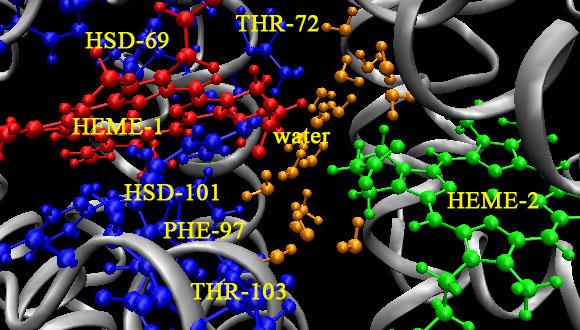סמינר בכימיה פיזיקלית: Aqueous phase mechanisms from crystallization to phosphine carboxylate formation
Roy-Emanuel Schreiber, Weizmann Institute of Science
Zoom: https://tau-ac-il.zoom.us/j/88394286155
Abstract:
Water is a very important solvent in chemistry and was chosen by nature to be the solvent of life itself. It is abundant, cheap and green. However, aqueous solutions are considered non-innocent. Water plays a very important role in moderating the progress of chemical and physical reactions throughout the periodic table in ways that are not always understood. From one side of the periodic table, cryogenic TEM measurements on vitrified aqueous polyoxometalate solutions show evidence for the occurrence of both the classical molecule-by-molecule addition as well as the newer two-step mechanisms of homogeneous crystal nucleation. The chosen mechanism depends on the counter-ions present. Both mechanisms were observed in real time and molecular scale.
On the other side of the periodic table, the phosphine carboxylate anion, H2PCO2-, was prepared and isolated for the first time by hydration of NaPCO in basic aqueous solutions. This heavier analogue of carbamate was found to be a carbon dioxide adduct on the edge of stability. The mechanism of phosphine carboxylate formation was found to proceed by a chain reaction that alternates between the acidified HPCO and the newly found cyclic hemi-acidified H(PCO)2-. This mechanism sheds light on the electrophilic reactivity of PCO- and similar molecules as well as their acid-base reactivity. Acidification of phosphine carboxylate forms phosphine carboxylic acid, an analogue of carbamic and carbonic acids that has surprising kinetic stability.
מארגני הסמינר: פרופ' חיים דיאמנט וד"ר שלומי ראובני


